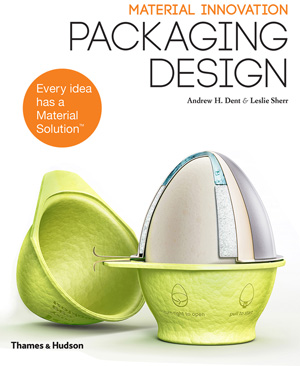Mark Lichtblau, VP of Interplast Bags and Films Corporation, Haremar Plastic Manufacturing Division, shares his insight on a wide range of topics regarding resins, raw materials and feed stocks.
Q: What’s new in the world of resins, raw materials and feed stocks when it comes to flexible packaging?
A: In the world of resins, we’re seeing the portfolio of metallocenes and sealant layers improve. That means there is a much broader range of densities, from the ultra-low densities at about 905 to the higher densities of 935 for sealant webs. We’re able to leverage the best characteristics of a sealant with increased modulus.
Now we can design and engineer each layer of packaging. Where we used to have to put a medium density or high density in the core of a film for stability, and then put a thin sealant on the skin, now we can actually utilize one resin. And that allows us to use those other layers for other characteristics.
We’re seeing the portfolio of each resin company increase as each provider gets more experienced with these new products and product lines. And this means the consistency of the product is improving.
Q: What type of balance has to be struck when creating a film solution to ensure that it doesn’t just meet quality standards, but looks great too? How do you achieve this?
A: Because we can do more with the existing layers, it allows us to tailor the contact layer or the outside layer with a higher gloss, a matte finish or put in an additive for a paper feel or some other aesthetic attribute. These types of additives increase the creative potential of the substrate for the designer and printer.
If it’s a matte finish, it’s one less coating they need to put on. In the case that you have a product that may not look attractive to the consumer, the printers are able to conceal it and put high definition graphics on the package. In the opposite scenario, where it is a product they want to feature, they can include a high clarity window on the packaging.
Q: How big of a focus is sustainability when developing new film solutions?
A: Sustainability is at the top of everyone’s mind. We’re seeing more customers ask for their packaging to adhere to certain recycling codes.
We consider that the focus of the brand owner would be to ensure that their package will go in one of the designated recycle streams. In fact, no one wants their packaging to not be recyclable.
The next thing that is top of mind for brand owners is right sizing total thickness of their packaging. To achieve this, we can use the higher modulus film to give stiffness instead of thickness. We can achieve the same performance using less material. So the technological advances really help to align with sustainability goals.
Q: How important is quality assurance when developing film solutions?
A: Quality assurance, in our view, is not a department. It is integral to all manufacturing just like sales, customer service or operations. We have to ensure that all documentation has the right questions at the very beginning of the product development cycle. We also need to make sure that the customer is on board early in the engineering and documentation phases so that when we get to the production stage, we are making exactly what the customer has requested.
The standards are there to ensure that at the end of the day we have made what we said we would make based on what the customer wants and needs. QA is really in tandem with every other department.
Q: Customer needs and requirements are always changing. How often does this inspire innovation?
A: Every single customer, every single project that we work on, is an opportunity to be inspired. It’s an opportunity to demonstrate our passion for plastics and packaging.
Whenever someone has a problem, we see it as an opportunity to develop a solution. It’s the purpose of why we’re in business and why we are extruding polyethylene. I wish every day we could solve a problem with a creative solution or maybe help a customer with an existing formulation or give them a solution from an experience we have had in the past. And in trying to find a solution to a specific problem, we also may research and develop something that is new or unique specifically for our customer.
Q: Have equipment advances impacted resin selection? If so, how?
A: I would give a lot of credit to machine manufacturers and the manufacturers of the hardware and dies, as well as the extruders. The tolerances, specifications and designs have been getting better in tandem with improvements in computer-aided design and computer-aided manufacturing. Machines have more flexibility for the range of products that they can run. There has been a reduction in transition time between production runs. The operating systems that run the lines have evolved in sophistication. These systems not only make the lines easier to run, they make it easier to orchestrate sophisticated changes in an efficient, timely and repeatable manner, which ultimately translates into a more consistent and repeatable experience for the customer.
Haremar Plastics
(905) 761-7552
www.haremar.com









